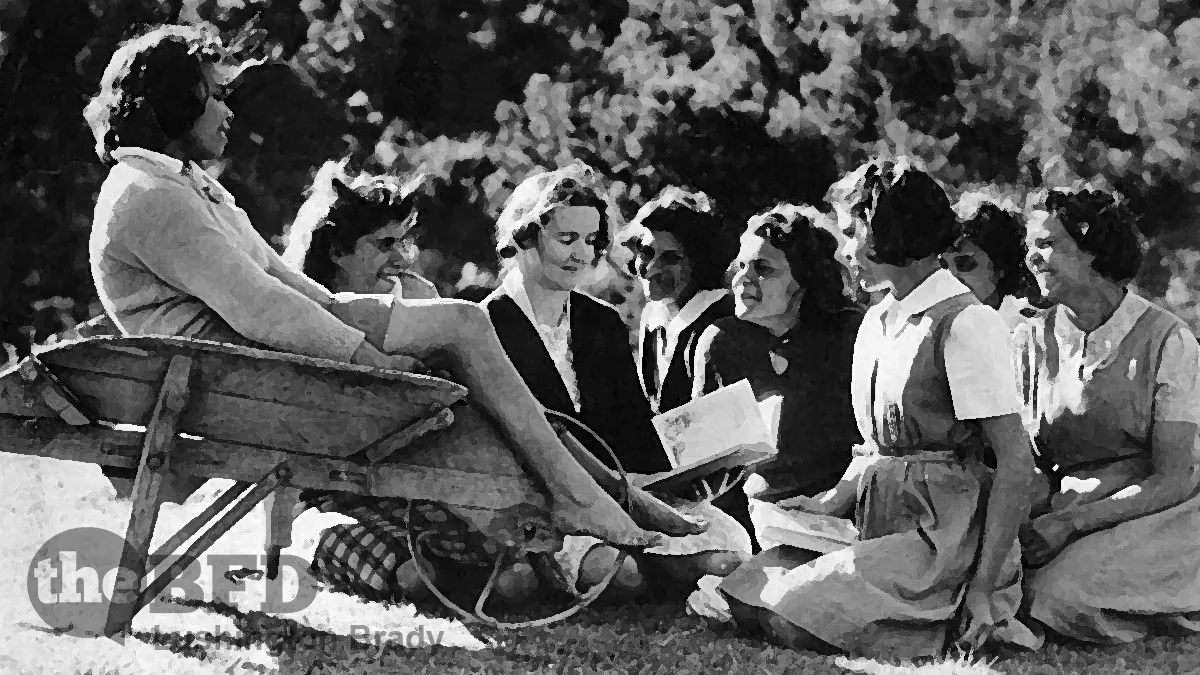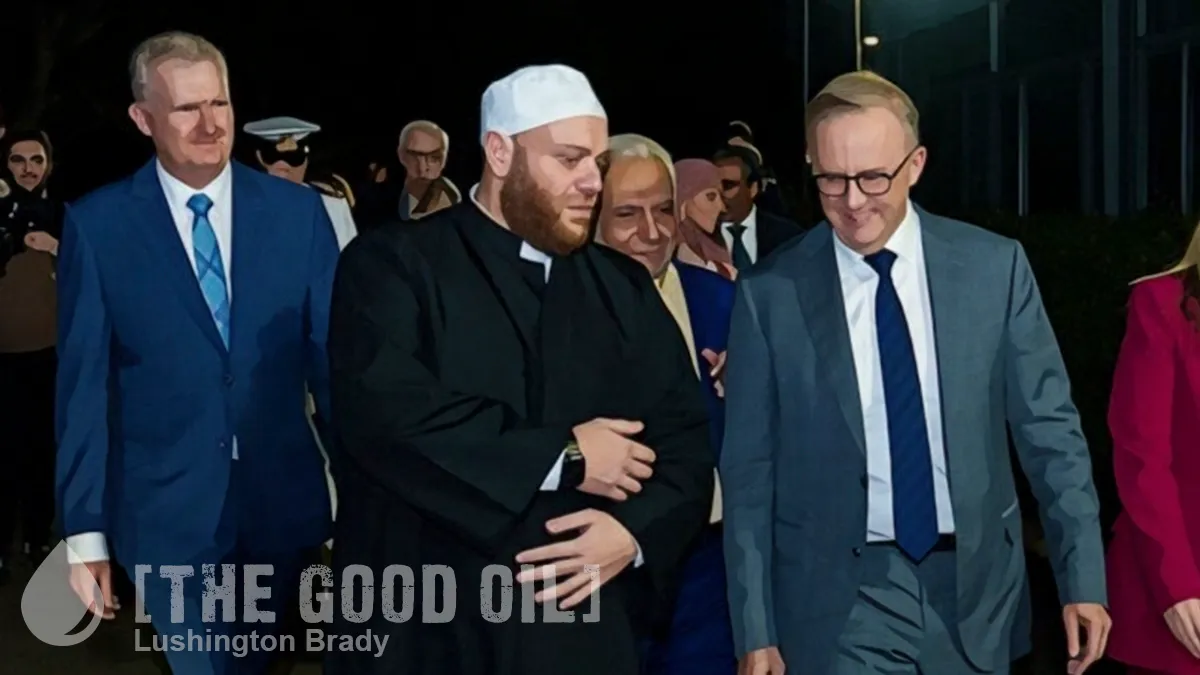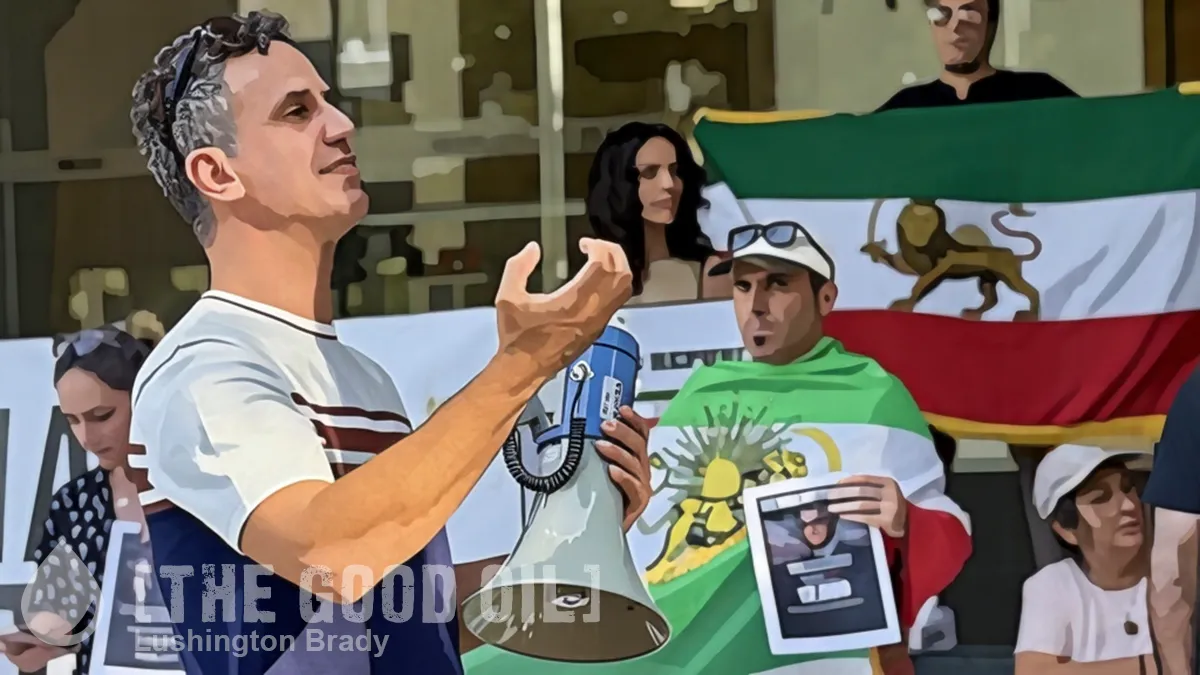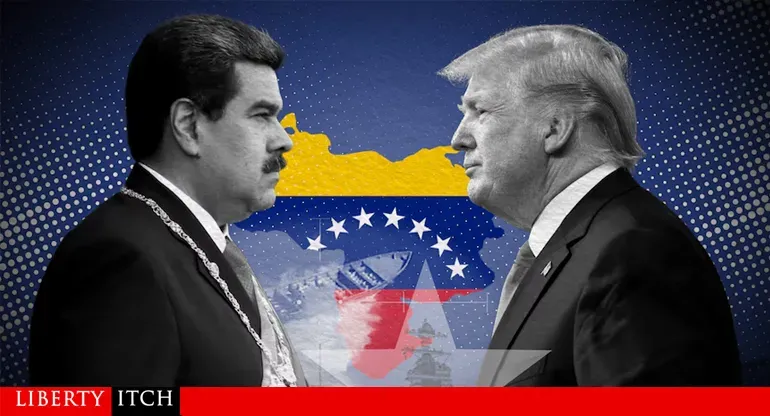Table of Contents
Is the “Stolen Generations” the biggest lie in Australian history?
No-one seriously disputes the fact that many, many Aboriginal children were removed from their families in the middle decades of the 20th century. But, were they really “stolen”? Was it a deliberate policy of genocide?
After all, a generation of white children were also removed, mostly from their mothers and often soon or immediately after birth. Many of the mothers were told that their babies had died.
No-one was trying to commit genocide on the white children: rather, the deplorable policy was the result of the government and medical bureaucracy’s overweening arrogance. The parents, usually single mothers, were simply “unfit”. As my own mother used to say, “We didn’t have premarital sex in our day — but the orphanages were always full”.
Were Aboriginal children removed — not “stolen” — for the same, misguided, arrogant reasons?
Trashing Australia as racist is unfair and dangerous. So in 2005, I challenged “stolen generations” activists to name even 10 children stolen by racist officials just for being Aboriginal. None could. Professor Robert Manne tried three times, but would include, for instance, Rob Riley, a boy abandoned by his mother; Topsy, a 12-year-old with syphilis; Dolly, a heavily pregnant 13-year-old found working for slave wages; and Harry, sometimes kept on a chain in a backyard.
But last Wednesday, the ABC’s 7.30 still falsely claimed “as many as one in three Indigenous children” were stolen, and interviewed one, academic Eileen Cummings.
Cummings is now lead claimant in a class action by Shine Lawyers to win $100,000 of compensation for each of up to 5000 members of the “stolen generations”.
Unsurprisingly, Cummins has a tragic story to tell. But it’s no less tragic than the stories of white children who were also removed.
And it doesn’t appear to be the full story.
Just a few minutes of checking in the ABC’s own library would have shown it there is another side to this story of a monstrously evil Australia.
Cummings was taken to a Methodist-run children’s home, where, she says, “none of us felt loved … none of the missionaries ever showed us any (love).”
Other Aboriginal children raised in the same home beg to differ.
In 2014, the ABC itself reported the death at 101 of Margaret Somerville, who’d never married because she devoted much of her life to caring for Aboriginal children at that Croker Island home – including Eileen Cummings herself.
The ABC back then recorded another of Somerville’s former wards, Connie Cole, recalling her as “the most wonderful woman that I ever come across”.
Louise Neave told the Northern Territory News: “Those early missionaries did everything in their power to make us as happy as they could. They were young women who loved us as their own children … I thank them, with love.”
In fact, Somerville was so admired that a film was made of her and shown on SBS. The official preview shows some of Somerville’s former wards praising, thanking and hugging her.
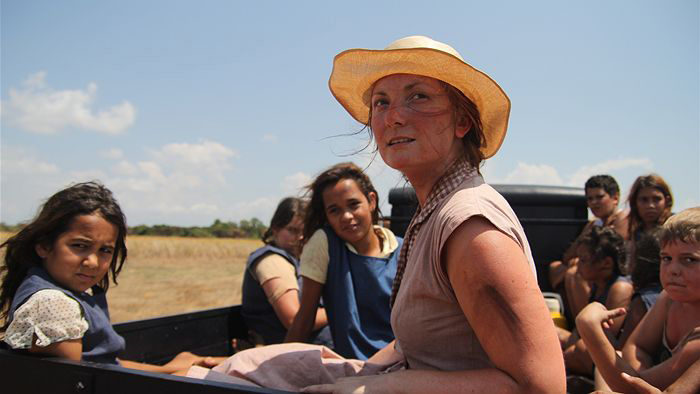
But, does this disprove that children like Cummings were “stolen”, purely out of racism?
In 2001, Margaret Somerville gave an interview which you can hear on the National Library website.
In it, Somerville admitted she didn’t visit the Aboriginal camps she describes, and is no authority. But she spoke to children who came from them, and welfare officers who rescued them.
She said all children sent to her had white fathers who, she implied, had abandoned them: “There was no idea of taking away full-blood children. They had parents.”
But with the “part-Aboriginal” children, “it wasn’t the case of taking them from a loving family at all”.
“They were very needy children. And that’s why the government in the very first place took them away – because they had no future in the Aboriginal camp[…]The danger was for the girls who would just become the chattels of stockmen or white men, some of them were promised (to older Aboriginal men) at an early age, but mainly they would perhaps drift into town and become prostitutes.
“They were just public property or belonged to some feller… There was no life for them whatever.”
In fact, “we did hear stories of brown-skinned, part-Aboriginal children being killed at birth because the Aboriginal didn’t want them around”.
Herald-Sun
One of the namesakes of my pen-name is Tasmanian Aboriginal woman, Dolly Dalrymple. Dolly’s mother was traded by her tribe to a Bass Strait sealer. When he grew tired of her, he sent her — and their children — back. Dolly’s mother was taken back, but she and her sister were abandoned. Their baby brother was summarily killed.
This is not to say authorities are blameless. For both white and black children, official arrogance inflicted a generation of tragedy. But the story is far from simple, or one-sided.
Please share this article so that others can discover The BFD

